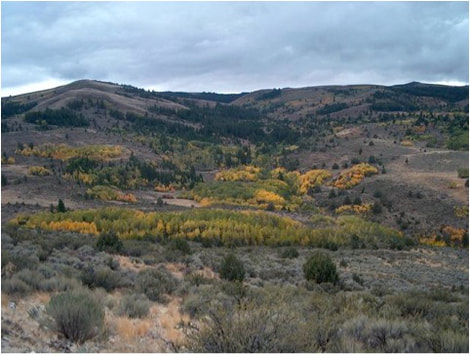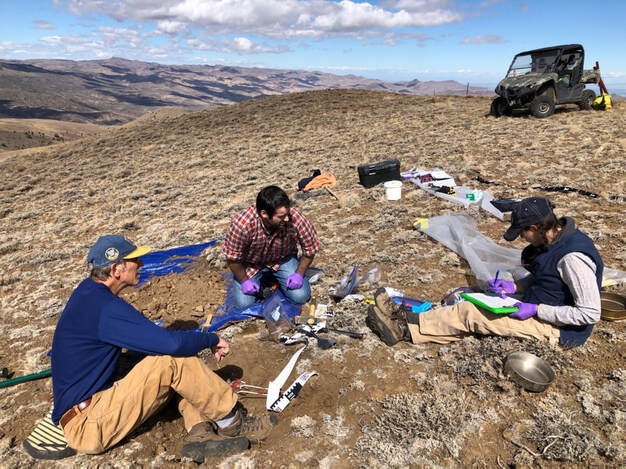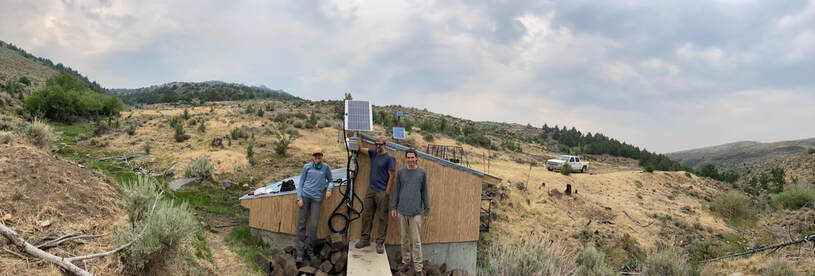Research
Reynolds Creek Critical Zone Observatory

Soils in the critical zone sustain life --providing benefits to society such as a medium for plant growth, water purification and climate regulation. Indeed, soils store three times the amount of carbon than the atmosphere, and may be a source or sink to the atmosphere with changing climate and land management practices, yet major gaps exist in our understanding of the processes controlling soil carbon storage. Scientists from Idaho State University (Lohse, Lead-PI), USDA Agricultural Research Service and Boise State University established the Reynolds Creek Experimental Watershed and Critical Zone Observatory (RCEW- CZO) in Southwest Idaho with goal of being the leader in critical zone carbon science and improving prediction of soil carbon and being a magnet for global climate and biogeochemistry modeling. This CZO program terminated in November 2021, and the Reynolds Creek CZO terminates in May 2024, However, numerous new projects associated with the new NSF CZCN as well as other NSF projects have been funded at the RCEW-CZO (see below)
For a virtual tour go to https://www.reynoldscreektour.com/, or explore with an interactive map using our ArcGIS Online WebApp.
See Reynolds Creek Critical Zone Product Collection for a current list of publications from the RC CZO.
For a virtual tour go to https://www.reynoldscreektour.com/, or explore with an interactive map using our ArcGIS Online WebApp.
See Reynolds Creek Critical Zone Product Collection for a current list of publications from the RC CZO.
Critical Zone Collaborative Network Geomicrobiology Cluster

In this collaborative cluster started September 2020, we are examining the roles that climate and lithology play in controlling the distribution of microbial communities and biogeochemistry in soils at depth. This collaboration is led by Dr. Emma Aronson at UC Riverside and focuses on a set of five critical zone observatories (CZOs), Southern Sierras, Reynolds Creek, Luquillo, Catalina-Jemez, and Calhoun. It builds off a cross CZO collaborative effort that examined microbial communities (Brewer et al. (2019) and soil enzymes (Dove et al. 2020) with depth and showed gradients or relatively uniform distributions in microbial communities.
RII Track-2 FEC: Aquatic Intermittency Effects on Microbiomes in Streams (AIMS)

This project investigates the links among microbial communities (microbiomes), stream health, and water quality in intermittent streams. The Aquatic Intermittency effects on Microbiomes in Streams (AIMS) project is creating a network of instrumented sites designed to generate “Big Data” to quantify flow intermittency, stream microbiomes, and water quality. This infrastructure and training grant will support a team of 18 investigators, including nine early career scientists spanning five EPSCoR jurisdictions (AL, ID, KS, MS, OK). One of the sites is Johnston Draw at Reynolds Creek CZO (install shown below).